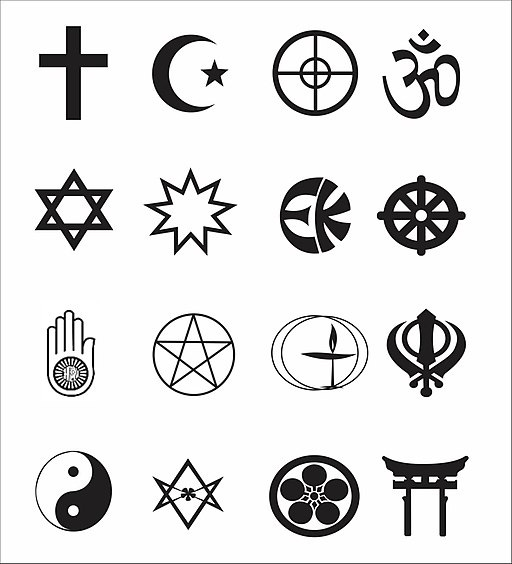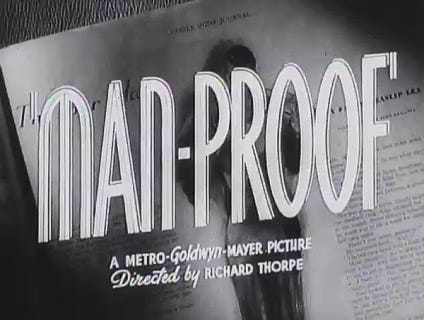May 2023
Artificial intelligence is, for sure, the ‘it girl’ of the day. A bunch of people who are richer than everybody else (which leads them to assume they must be smarter than everybody else) are warning that AI is out to get us. Other people take a more utilitarian position and point out that AI is going to take away jobs (unless it adds more jobs), change everybody’s job (unless it doesn’t), and change the world — maybe even by “rebooting the operating system of human society,” which is a clickbait headline I saw recently. Clickbait because come on, that doesn’t mean a damn thing. When you reboot your laptop, it usually works better.

When I look across all the chatter and claims and speculation, for some reason it looks to me like religion. I mean religion in a very broad sense; the notion that seems almost instinctive in humans to attribute events and feelings to, well, entities. Sometimes the entities are called gods, and sometimes they’re ghosts, spirits, genies, sprites…you know what I mean. Disembodied intelligences.
And what, after all, is AI if it’s not a “disembodied intelligence”? We, of course, are “embodied.” That makes a big difference. We’re biological, but intelligent (or at least we like to think so). Being biological, we’re acutely aware of some aspects of being biological that may not be entirely to our liking. It doesn’t happen much any more, but in our evolutionary past, being biological meant that we could get eaten. Even if we evaded that fate, we ourselves need to eat — which even today is not assured for everyone. Not only that, but we have to cope with illness. Our bodies break. We have to deal with pain. We know our lives end.
Disembodied intelligences are free from all those concerns — or at least so we imagine. Lots of people are working on each of those problems, by the way, and some are even hoping that they can avoid that last one, death, personally. Ray Kurzweil, for one, takes so many pills and potions every day that it’s hard to believe — all so he’ll stay alive long enough for somebody else to come up with a way for him to stay alive forever. There are others, too — Aubrey de Gray, a researcher who’s trying to reverse aging, has said he thinks the first human who will live to be 1,000 has already been born.
Religions have often been about avoiding death, too, or at least redefining it in various ways. The ancient Egyptian pharaohs thought they’d “wake up” in some physical way, and had all their stuff — including servants — buried with them, because if there’s another edition of your life, you won’t want to have to pour your own wine or do your own laundry. They were solidly in the “embodiment” camp, but other religions have tended to go the “disembodied” route where some version of you continues to exist after death, but without a physical form — or if there is some physicality to it, it’s the sort that can’t be detected here and now. Except, you know, occasionally.
Some of the people working hard to avoid death think the answer is AI. Sort of. After all, if we can figure out how to run a computer program that passes muster as “intelligent,” then why not house our own intelligence in the same kind of computer? By the way, once you start asking “and how exactly would you put your intelligence into a computer,” the hand-waving begins. Nobody really has the slightest idea.
But from a religious point of view, where there are mysteries beyond our understanding, there is a certain sense to this. After all, we are made of matter, but we are not exactly “matter.” We’re patterns. The pattern that is you exists — somehow — in a biological body that changes constantly. It’s made of atoms, but not the same atoms from one day to the next. That’s why you’re “embodied,” instead of being a body. The “upload my mind” contingent of death-defiers knows that a computer program is a pattern in the same way their selves are, so instead of the pattern existing in carbon-based soup, why not have the same pattern exist in silicon-based circuits? It’s a simple question, and shrouded in the same kind of mysteries that surround religions.
I’m not religious myself, although I don’t really know why. Some people with very similar lives to mine are. I grew up in a family that belonged to a church, for example, and we behaved in ways that would be described as “religious.” I never asked my parents how deeply that went for them; whether they firmly believed or not. For me, for some reason, there was never any belief at all.
Belief is, I think, a central aspect of anything you want to call a religion. Things that we can verify, like how fast objects falling to earth accelerate, or what happens when you mix diet Coke and Mentos candy? Those aren’t religion. It’s the things you can’t check on but embrace anyway that are the realm of religion. The people who invest lots of time and effort into “verifying” religious claims like “finding Noah’s ark” or submitting an artifact like the shroud of Turin to electron microscopy aren’t operating out of religion at all; they’re looking for proof — and as soon as you have proof, it’s not religion any more.

Computer programs that use large language models can respond to us in ways that can convince us are “intelligent.” But we may never be able to really prove it. Even the original test developed by Alan Turing to determine whether a computer had human-like awareness and intelligence isn’t really a very reliable sort of proof — it just boils down to “if you’re talking to it and can’t tell whether you’re talking to a human or a machine, it must be intelligent.” But come on, I’ve talked to any number of humans whose responses could just as easily been mechanical — and these have often been in person, so I did have independent proof of their biological embodiment. Maybe that means what we really need is a better test of what it means to be human. I wonder if that’s what Turing was really getting at.
Anyway, in the midst of the countless AI discussions, I think what we might be seeing is something different, and maybe even more interesting than just the computer science. It’s an upwelling of religious feeling. Now, if ChatGPT can mimic that too, maybe we’re getting somewhere.
